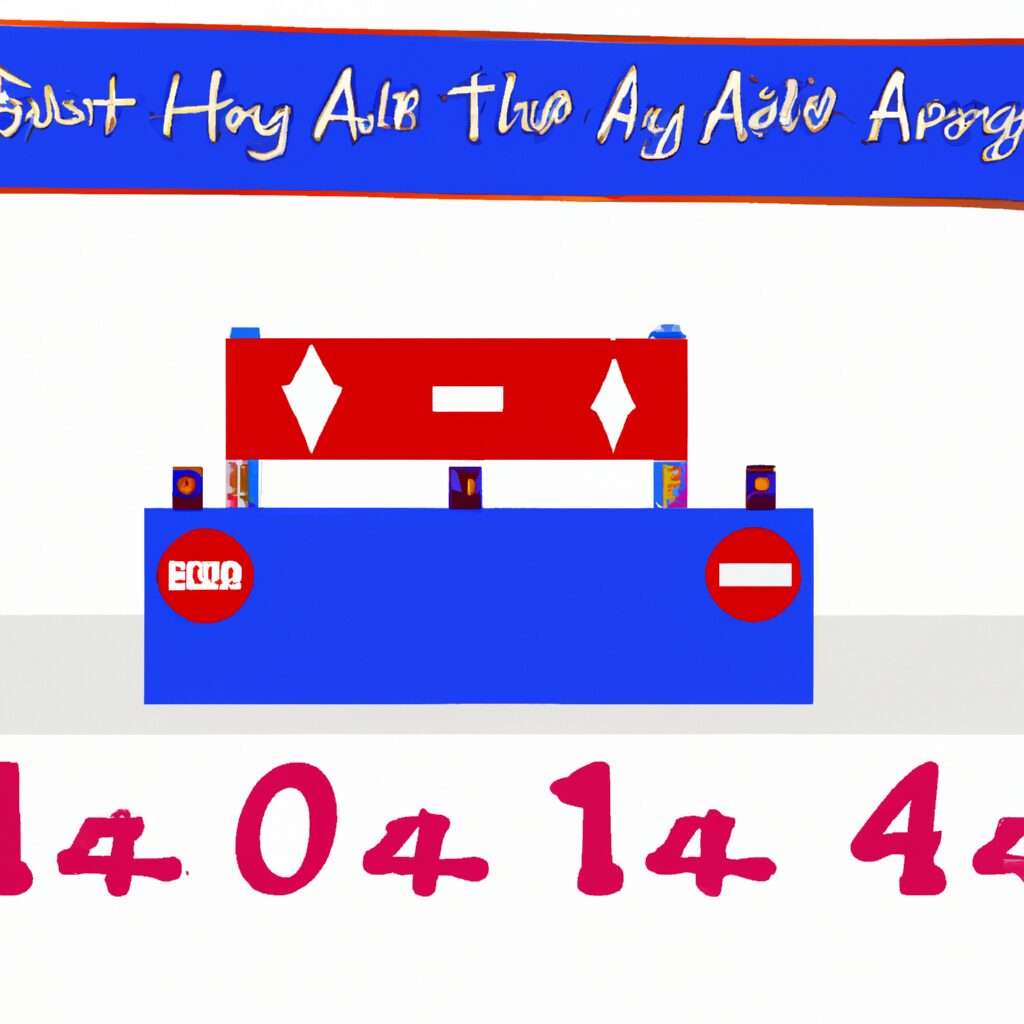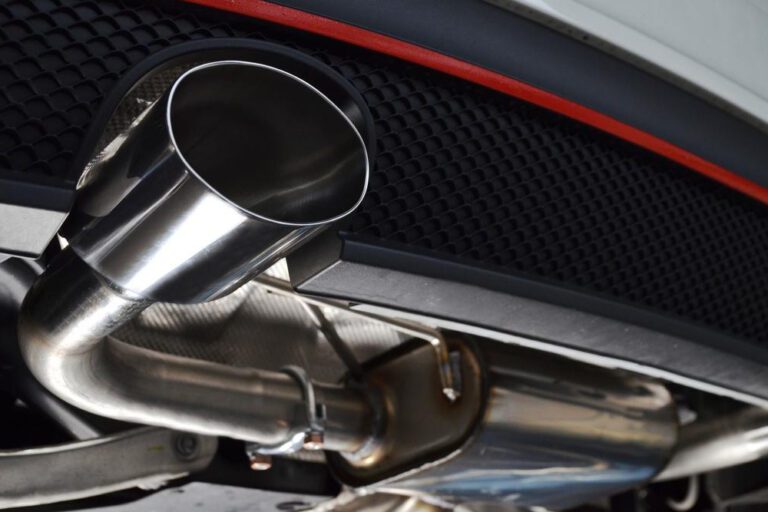how long to charge a car battery at 40 amps
Introduction
Charging a car battery at 40 amps is a great way to quickly and efficiently charge your battery. Depending on the size of the battery, it can take anywhere from a few hours to a few days to fully charge the battery. It is important to understand the size of the battery and the amperage of the charger in order to determine how long it will take to charge the battery. This article will provide an overview of how long it takes to charge a car battery at 40 amps.
How to Calculate the Time Needed to Charge a Car Battery at 40 Amps
Calculating the time needed to charge a car battery at 40 amps requires knowledge of the battery’s capacity. The capacity of a car battery is measured in amp-hours (Ah). To calculate the time needed to charge a car battery at 40 amps, divide the battery’s capacity in amp-hours by 40. This will give you the number of hours it will take to charge the battery.
For example, if the battery has a capacity of 80 Ah, it will take 2 hours to charge the battery at 40 amps. This is calculated by dividing 80 by 40, which equals 2.
It is important to note that the time needed to charge a car battery at 40 amps will vary depending on the battery’s capacity. If the battery has a capacity of 100 Ah, it will take 2.5 hours to charge the battery at 40 amps. This is calculated by dividing 100 by 40, which equals 2.5.
It is also important to note that the time needed to charge a car battery at 40 amps will vary depending on the battery’s state of charge. If the battery is deeply discharged, it will take longer to charge than if the battery is only partially discharged.
In conclusion, the time needed to charge a car battery at 40 amps can be calculated by dividing the battery’s capacity in amp-hours by 40. It is important to note that the time needed to charge a car battery at 40 amps will vary depending on the battery’s capacity and state of charge.
What Factors Affect the Time Needed to Charge a Car Battery at 40 Amps?
The time needed to charge a car battery at 40 amps is affected by several factors. Firstly, the size of the battery is a major factor. A larger battery will take longer to charge than a smaller one. Secondly, the state of the battery is important. If the battery is in a discharged state, it will take longer to charge than if it is in a partially charged state. Thirdly, the temperature of the battery is also important. Cold temperatures can slow down the charging process, while warm temperatures can speed it up. Finally, the type of charger being used can also affect the time needed to charge the battery. Chargers with higher amperage ratings will charge the battery faster than those with lower ratings.
In conclusion, the size of the battery, the state of the battery, the temperature of the battery, and the type of charger being used all affect the time needed to charge a car battery at 40 amps.
How to Maximize the Efficiency of Charging a Car Battery at 40 Amps
Charging a car battery at 40 amps is an efficient way to ensure that the battery is fully charged. To maximize the efficiency of this process, there are several steps that should be taken.
First, it is important to ensure that the battery is in good condition. If the battery is old or has been damaged, it may not be able to accept a full charge. If this is the case, it is best to replace the battery before attempting to charge it.
Second, it is important to use the correct charger. Chargers come in different sizes and amperages, and it is important to use one that is rated for 40 amps. Using a charger with a higher amperage can damage the battery, while using one with a lower amperage will not charge the battery as quickly.
Third, it is important to ensure that the battery is properly connected to the charger. The positive and negative terminals should be connected to the correct terminals on the charger. If the terminals are connected incorrectly, the battery may not charge properly.
Fourth, it is important to monitor the charging process. The charger should be monitored to ensure that the battery is charging correctly. If the battery is not charging properly, the charger should be disconnected and the connections should be checked.
Finally, it is important to disconnect the charger when the battery is fully charged. Leaving the charger connected for too long can cause damage to the battery.
By following these steps, it is possible to maximize the efficiency of charging a car battery at 40 amps. Doing so will ensure that the battery is charged quickly and safely.
What Safety Precautions Should Be Taken When Charging a Car Battery at 40 Amps?
When charging a car battery at 40 amps, it is important to take the necessary safety precautions to ensure the safety of yourself and those around you.
First, it is important to wear protective gear such as safety glasses, gloves, and long-sleeved clothing. This will help protect you from any potential sparks or acid splashes. Additionally, it is important to ensure that the area is well ventilated and free of any flammable materials.
Second, it is important to disconnect the negative terminal of the battery before connecting the charger. This will help prevent any sparks from occurring when connecting the charger. Additionally, it is important to ensure that the charger is set to the correct voltage and amperage before connecting it to the battery.
Third, it is important to monitor the charging process closely. If the battery becomes too hot, it is important to disconnect the charger immediately. Additionally, it is important to check the battery for any signs of damage or corrosion before and after charging.
Finally, it is important to dispose of the battery properly when it is no longer usable. Batteries contain hazardous materials and should be disposed of in accordance with local regulations.
By following these safety precautions, you can help ensure the safe charging of a car battery at 40 amps.
How to Troubleshoot Common Issues When Charging a Car Battery at 40 Amps
Charging a car battery at 40 amps can be a tricky process, and it is important to troubleshoot any issues that may arise. This article will provide a few tips to help you troubleshoot common issues when charging a car battery at 40 amps.
First, it is important to ensure that the battery is properly connected to the charger. Make sure that the positive and negative terminals are connected to the correct terminals on the charger. Additionally, check that the cables are securely connected and that there are no loose connections.
Second, check the voltage of the battery. The voltage should be between 12.6 and 13.2 volts. If the voltage is lower than 12.6 volts, the battery may be damaged and will need to be replaced.
Third, check the amperage of the charger. The amperage should be set to 40 amps. If the amperage is set too low, the battery will not charge properly.
Fourth, check the temperature of the battery. The battery should be at room temperature before charging. If the battery is too hot or too cold, it may not charge properly.
Finally, check the condition of the battery. If the battery is old or has been damaged, it may not charge properly. If the battery is in poor condition, it may need to be replaced.
By following these tips, you should be able to troubleshoot any issues when charging a car battery at 40 amps. If the issue persists, it is best to consult a professional for further assistance.
What Are the Benefits of Charging a Car Battery at 40 Amps?
Charging a car battery at 40 amps offers several benefits. Firstly, it is a fast and efficient way to charge a battery. This is because the higher the amperage, the faster the battery will charge. Secondly, charging a battery at 40 amps is safer than charging it at a higher amperage. This is because the higher the amperage, the greater the risk of overcharging the battery, which can cause damage to the battery and even lead to a fire. Finally, charging a battery at 40 amps is more cost-effective than charging it at a lower amperage. This is because the higher the amperage, the less time it takes to charge the battery, which means less electricity is used and therefore less money is spent.
In conclusion, charging a car battery at 40 amps offers several benefits, including faster and more efficient charging, increased safety, and cost-effectiveness.
How to Monitor the Progress of Charging a Car Battery at 40 Amps
Monitoring the progress of charging a car battery at 40 amps is an important step in ensuring the battery is charged correctly and safely. To do this, it is necessary to use a battery charger that is capable of providing a charge of 40 amps. Additionally, it is important to ensure the charger is set to the correct voltage for the battery being charged.
Once the charger is connected to the battery, the charging process can begin. It is important to monitor the progress of the charging process to ensure the battery is not overcharged. To do this, it is necessary to use a voltmeter to measure the voltage of the battery. The voltage should be monitored throughout the charging process and should not exceed the maximum voltage specified for the battery.
It is also important to monitor the current being drawn by the charger. This can be done by using an ammeter to measure the current being drawn by the charger. The current should remain at or below 40 amps throughout the charging process. If the current exceeds 40 amps, the charger should be disconnected from the battery immediately.
Finally, it is important to monitor the temperature of the battery during the charging process. If the temperature of the battery rises too high, it could cause damage to the battery and should be disconnected from the charger immediately.
By following these steps, it is possible to monitor the progress of charging a car battery at 40 amps and ensure the battery is charged safely and correctly.
What Are the Best Practices for Charging a Car Battery at 40 Amps?
When charging a car battery at 40 amps, it is important to follow best practices to ensure the safety of the battery and the charger.
First, it is important to ensure that the battery is compatible with the charger. Check the manufacturer’s specifications to make sure that the charger is suitable for the battery.
Second, it is important to make sure that the battery is in good condition. Check the battery for any signs of corrosion or damage. If the battery is damaged, it should not be charged.
Third, it is important to make sure that the charger is set to the correct voltage. The voltage should be set to the same voltage as the battery.
Fourth, it is important to make sure that the charger is connected correctly. The positive and negative terminals should be connected to the correct terminals on the battery.
Fifth, it is important to make sure that the charger is not left unattended. The charger should be monitored during the charging process to ensure that it is working correctly.
Finally, it is important to make sure that the charger is disconnected from the battery when the charging process is complete. This will help to prevent any damage to the battery or the charger.
By following these best practices, it is possible to safely charge a car battery at 40 amps.
Q&A
1. How long does it take to charge a car battery at 40 amps?
It typically takes between 4-6 hours to charge a car battery at 40 amps. However, this time can vary depending on the size and condition of the battery.
2. Is it safe to charge a car battery at 40 amps?
Yes, it is safe to charge a car battery at 40 amps as long as the battery is in good condition and the charger is rated for the correct voltage and amperage.
3. What is the maximum charging time for a car battery at 40 amps?
The maximum charging time for a car battery at 40 amps is typically 8-10 hours. However, this time can vary depending on the size and condition of the battery.
4. What is the best way to charge a car battery at 40 amps?
The best way to charge a car battery at 40 amps is to use a dedicated battery charger that is rated for the correct voltage and amperage.
5. Is it better to charge a car battery at 40 amps or 20 amps?
It is generally better to charge a car battery at 40 amps as it will charge the battery faster than 20 amps. However, it is important to make sure the charger is rated for the correct voltage and amperage.
6. Can I charge a car battery at 40 amps overnight?
Yes, you can charge a car battery at 40 amps overnight as long as the charger is rated for the correct voltage and amperage. However, it is important to make sure the battery is in good condition and the charger is not left unattended.
7. What happens if I charge a car battery at 40 amps for too long?
If you charge a car battery at 40 amps for too long, it can cause damage to the battery and reduce its lifespan. It is important to make sure the charger is rated for the correct voltage and amperage and the battery is in good condition.
8. Is it better to charge a car battery at 40 amps or 50 amps?
It is generally better to charge a car battery at 40 amps as it will charge the battery faster than 50 amps. However, it is important to make sure the charger is rated for the correct voltage and amperage.
Conclusion
In conclusion, it is recommended to charge a car battery at 40 amps for at least 8 hours in order to ensure that the battery is fully charged. Charging for longer than 8 hours is not necessary and may cause damage to the battery. It is important to monitor the charging process and to stop charging when the battery is fully charged.



